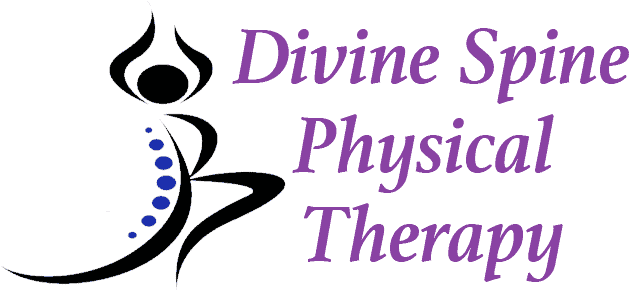Pelvic floor rehabilitation can be beneficial for those suffering from several types of conditions. Pelvic dysfunction often includes several of the following:
Postpartum Conditions
Some new mothers may experience strained muscles and connective tissue damage in the pelvic floor. Pelvic floor rehabilitation can strengthen these tissues and muscles and reduce any associated pain.
Constipation
Through pelvic floor rehab your muscles in the pelvic and anal area can be loosened and relaxed. This will often help relieve or eliminate constipation.
Endometriosis
Bones, ligaments, muscles, and nerves in the pelvic region can all be affected by the progression of endometriosis. Pelvic therapy can help lessen pain and bloating associated with endometriosis while also strengthening pelvic floor muscles.
Urinary Frequency or Leakage
A physical therapy program will deal with the root causes of urinary problems. You’ll strengthen the muscles under your bladder instead of just treating symptoms.
Pain after Abdominal Surgery
Pelvic floor therapy can be effective in reducing pain after several types of surgeries. Treatment can help break up scar tissue, regain range of motion, and improve strength.
These are just a few of the many conditions pelvic floor rehabilitation can relieve or eliminate. Painful intercourse and infertility problems may also be improved with pelvic therapy.
Getting Treatment
A trained physical therapist can help you find relief from a variety of ailments related to pelvic conditions. He or she will likely assist you with several forms of exercise and massage to reduce pain, lessen symptoms, and potentially heal your condition. A qualified therapist will evaluate your condition and form a treatment plan that will address your specific needs. Physical therapy services can help you achieve relief from problems you’ve been struggling with for many years.
Your pelvic floor muscles, tendons, and ligaments are extremely important as they support the core of your body. The goal of physical therapy is to provide relief from your pelvic symptoms, improve flexibility, relieve pain, and increase your overall functionality. Depending on the type of injury or condition, physical therapy may be needed for several months. Contact us for more information regarding how pelvic floor rehab can work for you. We are available at Monroe, NJ center.
